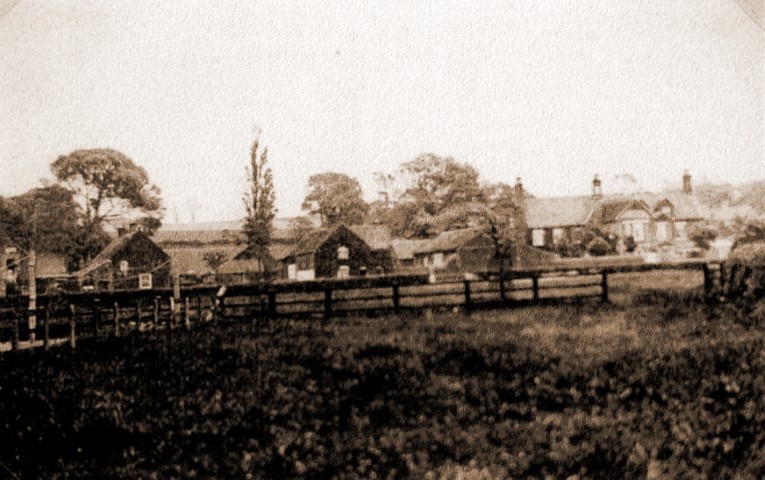
Dersingham Folk
All Rights reserved
Site by Mike Strange

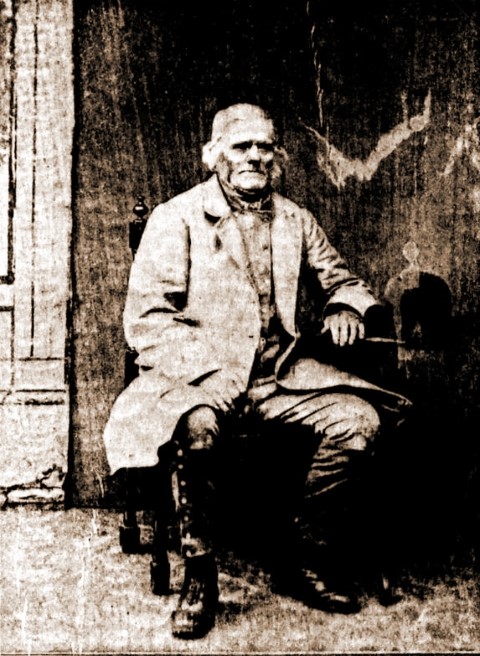
On the 22nd of October 1820 friends and family crowded into Dersingham Church to attend the marriage of George Mann and Maria Riches who took their vows in front of two witnesses, Jane Banyard and Thomas Cross and thus embarked on what was to be a long and happy union. At the time of their marriage Maria was just 16 and George 19. They would be together for 51 years before Maria died in 1871 and George twelve years later in 1883. Exactly when they met is not known. George’s parents came from Roydon where he was born in 1801. At some point after that he came to live in our village. Maria’s family lived originally in Edgefield near Holt and it was here that Maria was born and christened in the church in 1804. So sometime after 1804 but before 1820 Maria came to Dersingham. It is possible that Maria’s father was John Riches who is shown on the Tithe map of 1839 to occupy a cottage and lands at the top of Dodds Hill and further land out on the Marshes called The Row. Three months before their wedding Maria gave birth to George’s son, Francis, who was christened in Dersingham Church on July 30th 1820.
They had five more sons. John was born in 1821. George was born in 1827 but died before 1830. Another baby to be christened George was born in 1830, and then came William in1835 and Henry in1839. Of their two daughters Marianne, who was born in 1824, died in infancy but another daughter born in 1833 was christened Mary Ann. We know from the records that George was a shepherd. The Tithe map shows that he occupied two pieces of land on the Marshes owned by John Motteux of Sandringham described as, a garden, and a shepherd’s garden.
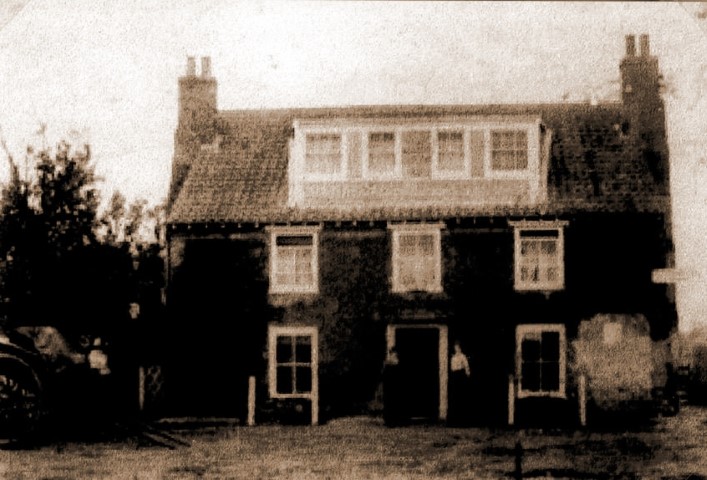

The Albert Victor and showing Westhall Cottages on the right, once the Workhouse
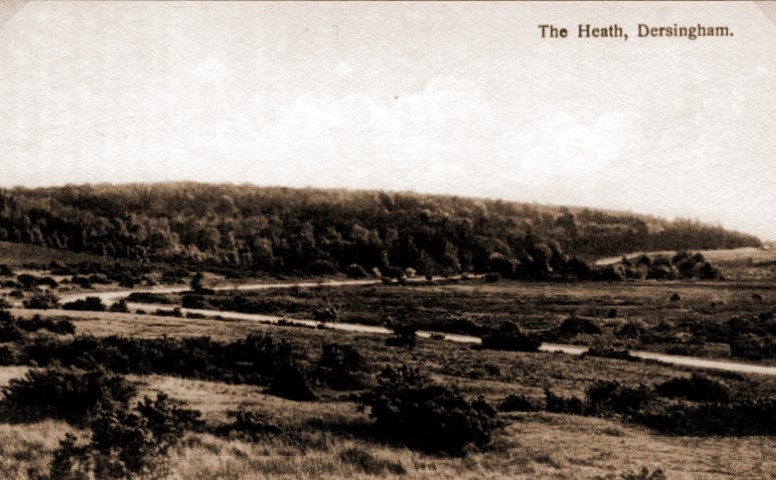
The Heath in the 20th century but giving an
impression of how open everything was
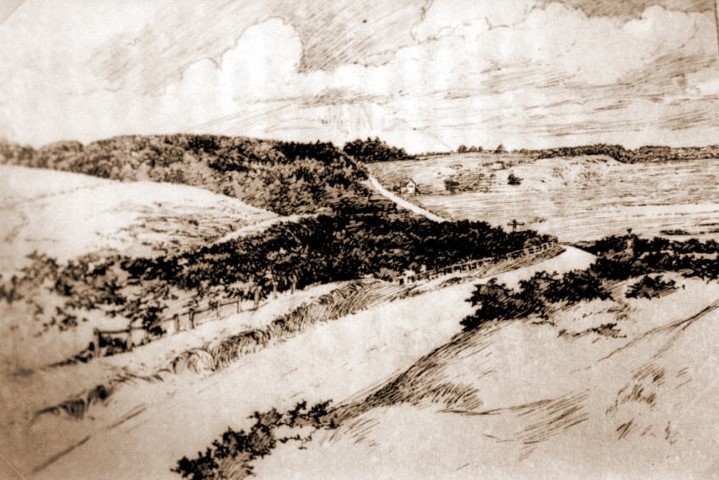
Looking from the Heath to
Sandpit Cottages and the village beyond
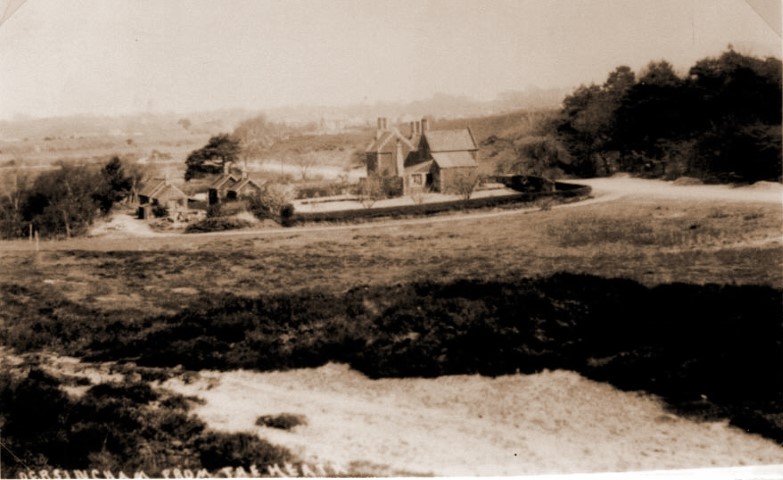
Looking from the Heath to
Sandpit Cottages and the village beyond
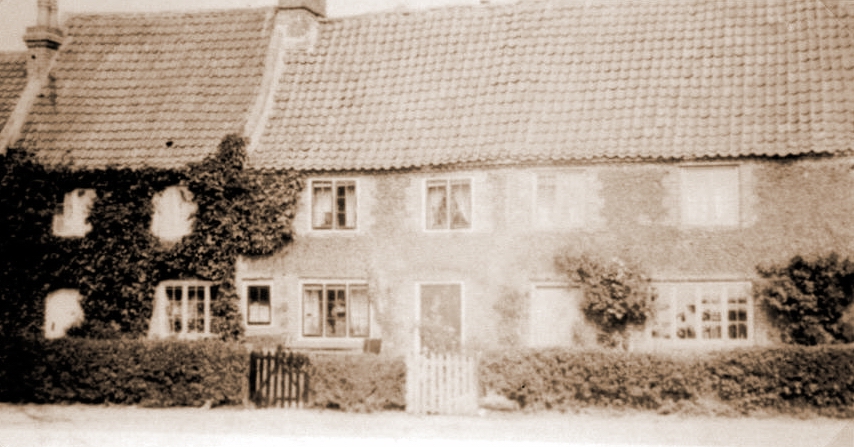
Westhall Cottages
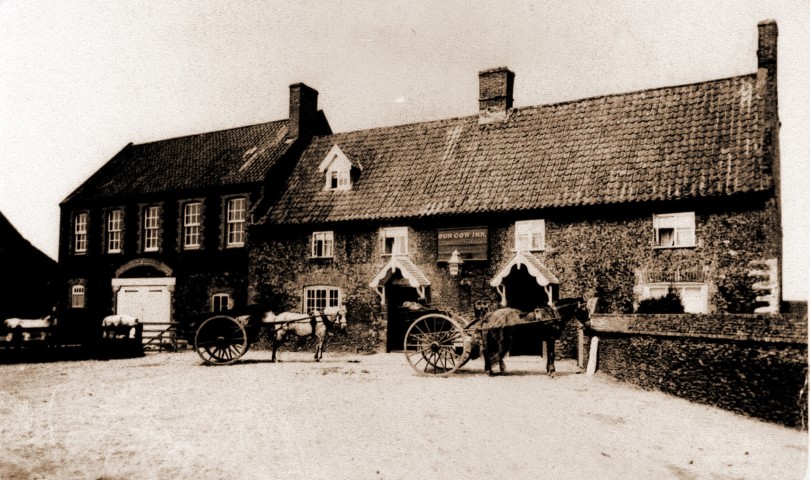
The Dun Cow

Cow Lane (now Lynn Road)
looking towards King's Lynn

An auction notice as would have been seen around the village
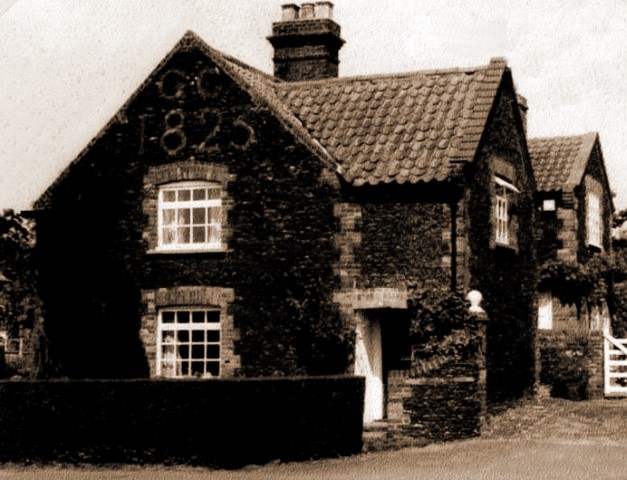
Dersingham Pottery
